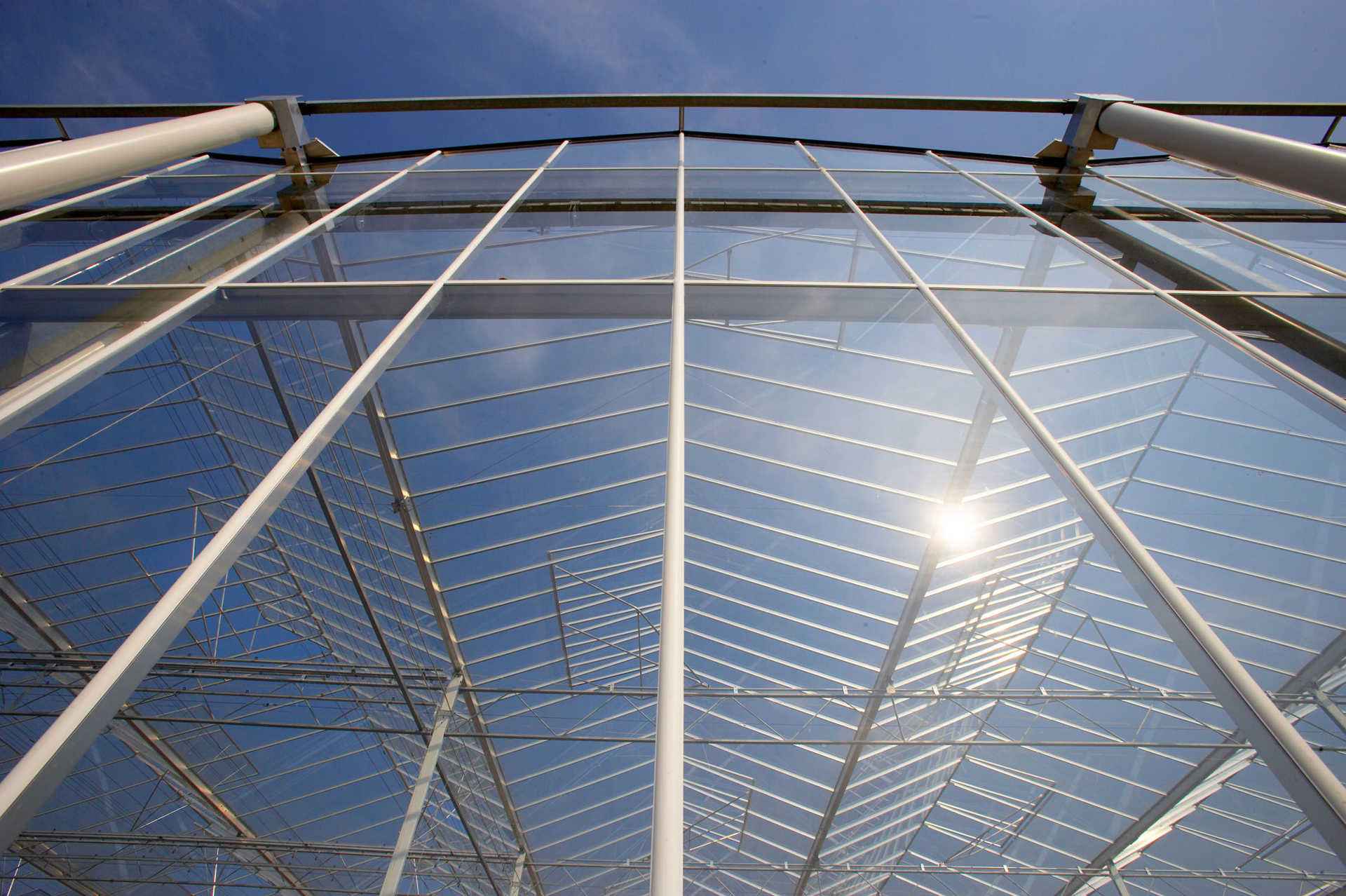Thermal Mass

Short definition
Thermal Mass in a greenhouse refers to the heat storage capacity of structural or substrate components, such as concrete floors and soil benches, that absorb and release energy to moderate temperature fluctuations and support stable growing conditions.
Expanded definition
=Thermal mass is typically quantified by the volumetric heat capacity and effective storage of a given component, combining material properties (density, specific heat) with geometry (area, thickness) to produce a time-delayed thermal response. In climate control, large thermal mass smooths diurnal swings by absorbing excess heat during the day and releasing it at night, reducing peak heating or cooling loads. Its effectiveness depends on placement, insulation, and the presence of active heating or cooling loops, as well as crop root-zone demands and screening strategies. Designers must balance mass with responsiveness, often pairing heavy floors or mass-rich zones with fast-responding heaters or forecast-based setpoints.
In Greenhouse Context
Thermal mass matters operationally because floor and substrate mass directly influence how quickly a greenhouse responds to weather shifts, energy use, and the dynamics of humidity and disease risk. A large stored heat source can reduce the need for peak energy input by day, but it can also sustain higher temperatures after sunset if ventilation and shading are not managed, potentially increasing dew formation and leaf wetness. Mass interacts with crop transpiration and latent cooling demands, so humidity setpoints, dehumidification schedules, and irrigation practices must be coordinated with mass behavior. Because the mass responds slowly to disturbances, sensor placement should track floor temperatures, heat flux, and root-zone temperatures to avoid mismatches with air temperature targets. Control logic often relies on forecasts or daily averages to align mass release with upcoming loads, and screening or insulation decisions can amplify or dampen the mass effect. Related climate metrics such as air temperature, vapor pressure deficit, humidity ratio, and latent heat load become coupled with mass terms in energy balance models. The relationship between convection, radiation, and conduction through mass laden surfaces is nonlinear, demanding careful calibration of models and controllers to maintain uniform conditions while avoiding overcooling or overheating of crops.
Examples and/or use cases
In a northern European greenhouse, heated concrete floors in a seedling nursery provide uniform root-zone temperatures and a sizeable, slowly responding heat source; A greenhouse design that combines substantial floor mass with retractable screens reduces daytime heat demand and stabilizes ambient temperature by trapping heat during mild weather and releasing it when temperatures drop; A retrofit project uses a secondary piping loop to activate rapid local heating in regions that the mass would otherwise reach too slowly, preserving crop vigor during sudden cold fronts; Operators base floor temperature setpoints on daily weather forecasts and expected loads to harmonize the slow mass response with fast-changing external conditions; To prevent root temperature exceedance, maximum floor temperatures are constrained to crop needs; Energy modelling that includes mass terms shows non-linear transfer coefficients and time constants affecting control stability and energy use.
Relevance
Thermal mass is a central concept in greenhouse climate control because it underpins psychrometric interactions and setpoint strategies. Designers must account for the coupled dynamics between air temperature, humidity, and latent heat as mass stores energy and shifts the timing of heat release relative to external loads. Choosing the right amount and placement of mass influences energy efficiency, ventilation needs, and the risk of dew or condensation that can promote diseases. For plant physiology, root zone temperature and leaf microclimate are sensitive to mass driven delays, so algorithms often incorporate forecast data and daily averages to time heating with peak loads while safeguarding crop roots. The tradeoffs include higher initial capital for mass versus ongoing savings from reduced peak loads and better temperature uniformity, balanced against reduced system responsiveness requiring faster auxiliary heating, screening, or predictive control. These considerations are reinforced by foundational sources in greenhouse climate literature and practical extension guidance. Sources — Books: Greenhouse Climate Control — Bot, G.P.A. & van de Braak, N.J.; Heating, Ventilating and Cooling Greenhouses — ASAE. Sources — Online: https://ceac.arizona.edu/sites/default/files/asae_-_heating_ventilating_and_cooling_greenhouses.pdf; https://msu-prod.dotcmscloud.com/floriculture/uploads/files/Section%20_3.pdf; https://extension.psu.edu/psychrometric-chart-use